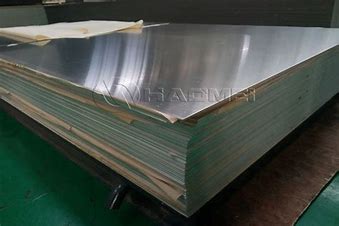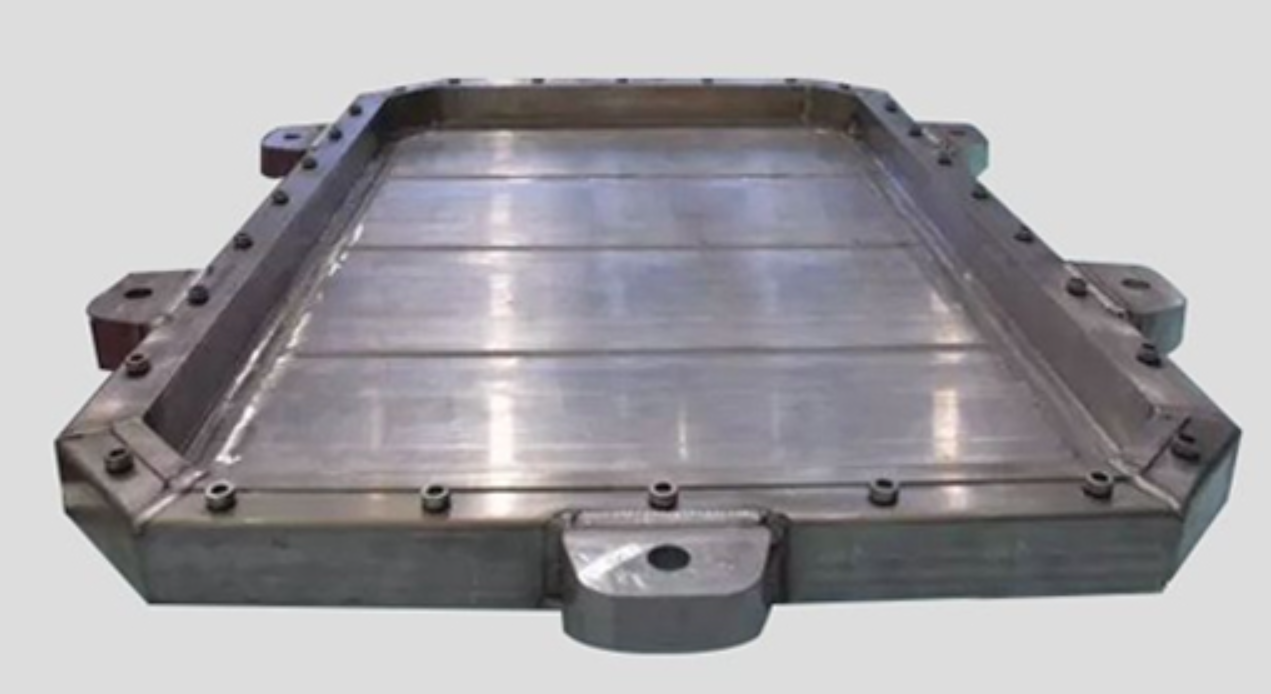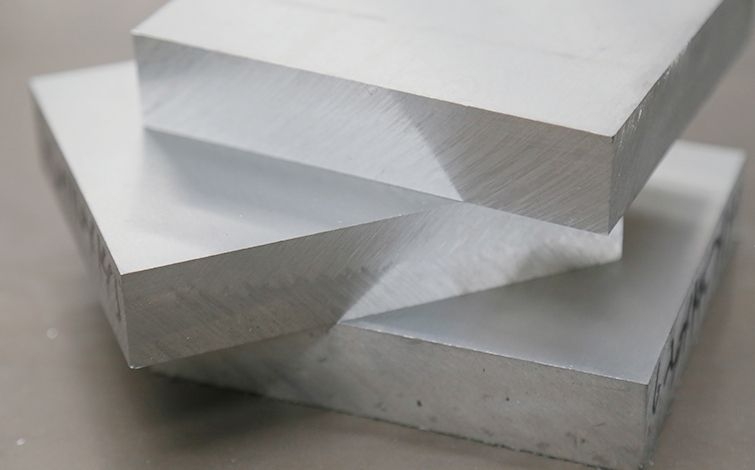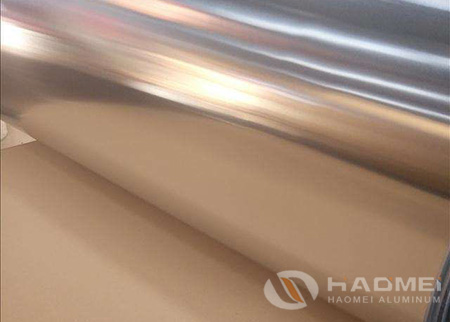



What are some common faults of aluminum alloy products in anodizing? There can be some faults for the anodization of aluminum alloys. After the aluminum alloy product is anodized with sulfuric acid, there is no local anodization, showing black spots or streaks visible to the naked eye, and the anodized film has bulging or cavities. Such failures are rare but do happen.
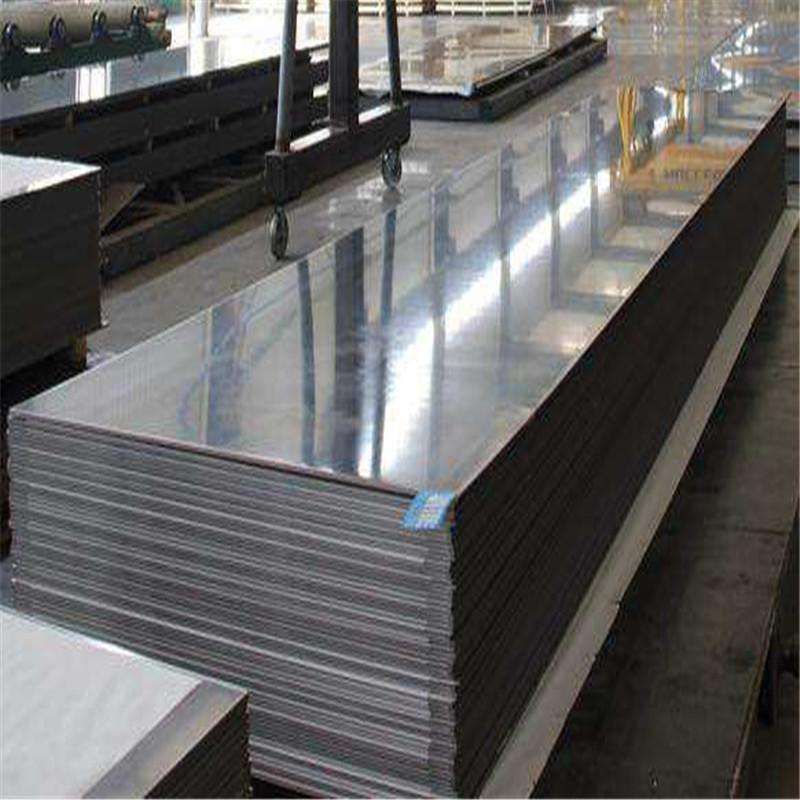
The causes of the above failures are generally related to the composition, structure and phase uniformity of aluminum and aluminum alloys, or to some metal ions or suspended impurities dissolved in the electrolyte. The uniformity of chemical composition, microstructure and metal phase of aluminum and aluminum alloys will affect the formation and properties of oxide films. The anodic oxide film of pure aluminum or aluminum-magnesium alloy is easy to form, and the quality of the film is also better. For aluminum-silicon alloys or aluminum alloys with higher copper content, it is difficult to form anodized films, and the resulting films are dark, gray, and have poor gloss. If the unevenness of the metal phase, the segregation of the structure, the segregation of micro impurities or the unevenness of the structure of each part caused by improper heat treatment occurs on the surface, it is easy to produce selective anodic oxidation or selective dissolution. If the local silicon content in the aluminum alloy is segregated, it will often cause local no oxide film or black spot stripes or local selective dissolution to generate holes, etc. In addition, if the content of suspended impurities, dust or metal impurity ions such as copper and iron in the electrolyte is too high, black spots or black stripes will often appear on the oxide film, which will affect the corrosion protection performance of the oxide film.
Some of the anodized parts treated in the same tank have no oxide film or the film is thin or incomplete, and some have ablation and erosion at the contact between the fixture and the part. Aluminum oxidation processing The chemical oxidation oxide film is thin, with a thickness of about 0.5 to 4 microns, and is porous, soft, and has good adsorption properties. It can be used as the bottom layer of organic coatings, but its wear resistance and corrosion resistance are not as good as anodes. Oxide film. This kind of failure often occurs in the practice of sulfuric acid anodizing process, which seriously affects the quality of aluminum alloy anodization.
* Thank you for your inquiry. Please provide your business needs information so that we can better serve you.
This information can help us assign the most suitable person to solve your problem. We will give you feedback within 1-2 working days.
Related Blog
